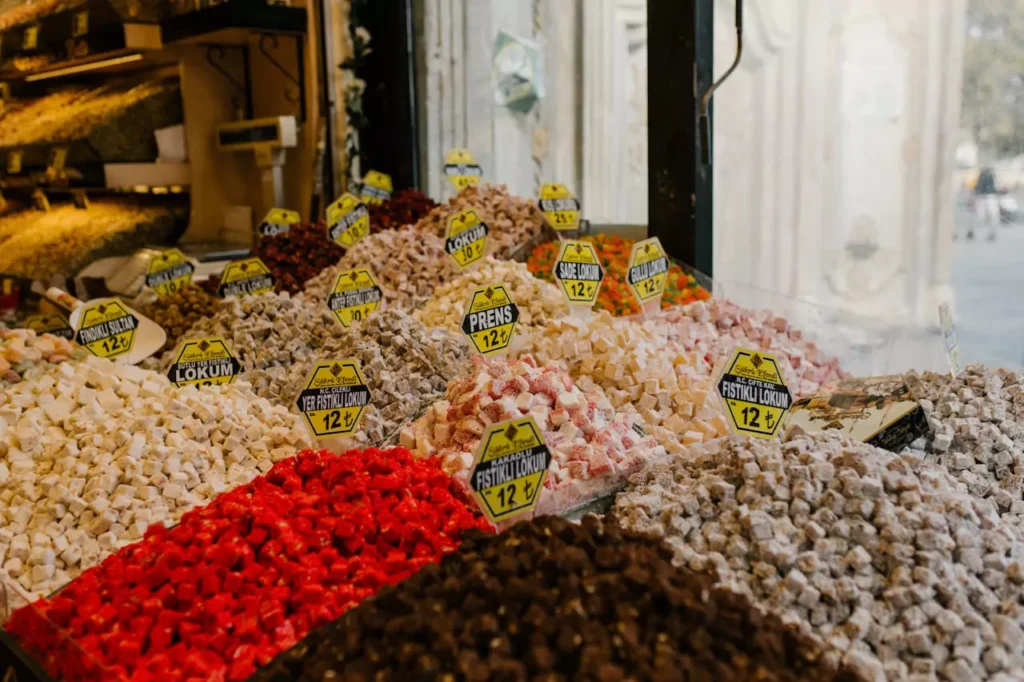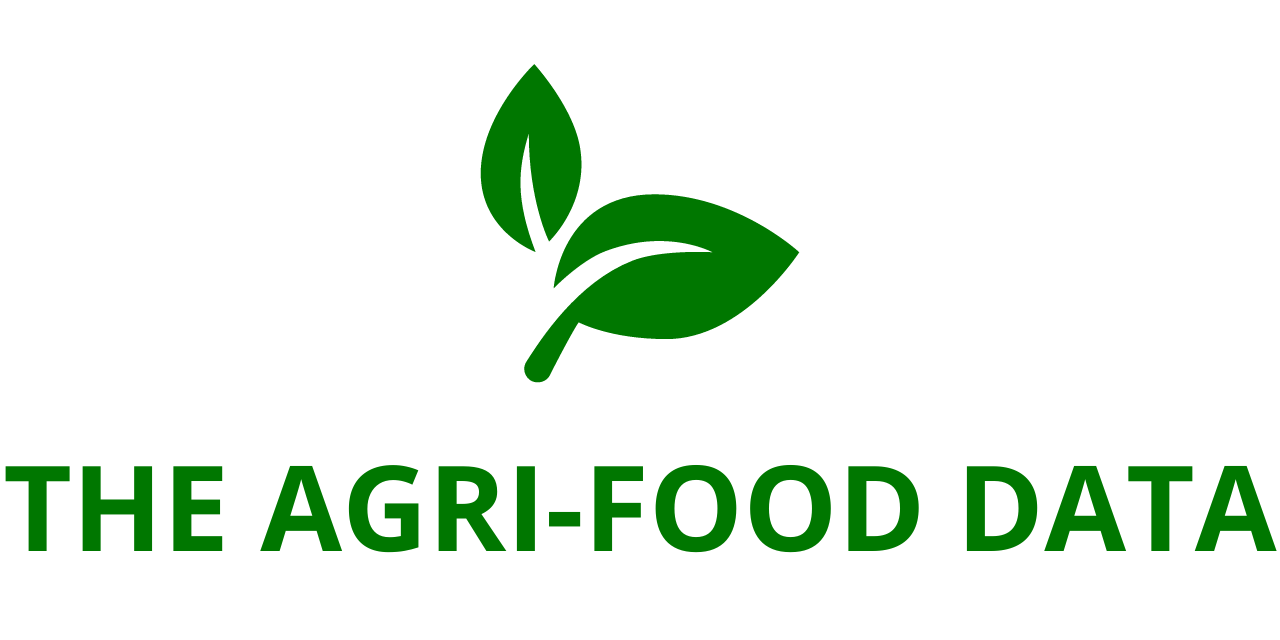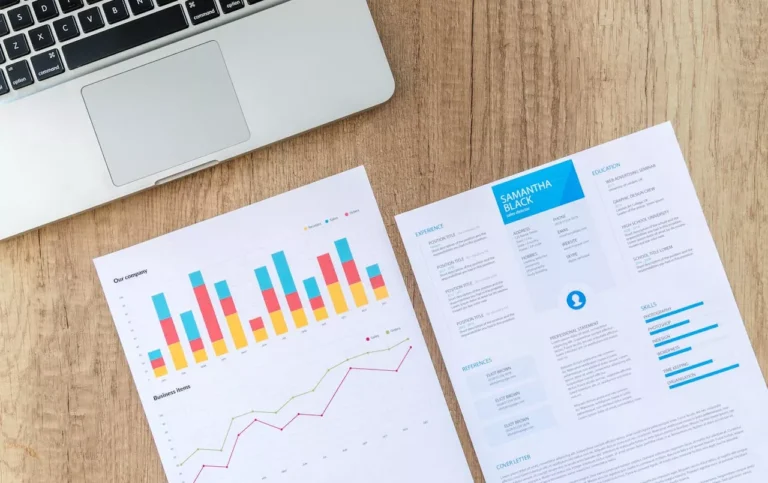
The comprehensive new research report titled “Invert Sugar Market: Analysis by Type, End-user (Pharmaceutical and Personal Care), By Region, Size and Trends – Forecast up to 2030” has been added to ResearchAndMarkets.com’s growing collection of global market insights. The study outlines the current state of the global invert sugar market, its forecasted trajectory, key trends, drivers, challenges, and competitive landscape.
Market Overview
Valued at approximately US$2.30 billion in 2024, the global invert sugar market is on a robust growth path and is expected to reach US$3.03 billion by the end of 2030. Invert Sugar This growth translates into a Compound Annual Growth Rate (CAGR) of 4.77% over the forecast period from 2025 to 2030.
Invert sugar—a liquid mixture of glucose and fructose—is widely used across multiple sectors, particularly in the food and beverage industry, due to its functional properties like enhanced sweetness, improved moisture retention, and extended shelf life. Invert Sugar These attributes make it an indispensable ingredient in bakery products, confectionery, dairy items, and beverages.
In addition to food and beverages, pharmaceutical and personal care industries have become increasingly significant end-users of invert sugar, further accelerating market growth. The growing consumer preference for natural, clean-label ingredients over synthetic or artificial additives has been a key driving force behind the increasing popularity of invert sugar.
Market Segmentation Insights
By Type
The invert sugar market is segmented based on product type into fully invert sugar and partially invert sugar.
- Fully invert sugar held the dominant share of the market in 2024.This segment continues to lead due to its high sweetness intensity and superior solubility, making it ideal for applications in the bakery and beverage sectors. It is particularly popular in commercial baking operations where its high hygroscopicity helps maintain moisture and enhance product texture.
- On the other hand, partially invert sugar is expected to experience a faster growth rate during the forecast period. This type is preferred in pharmaceutical applications where controlled sweetness and lower hygroscopic properties are desirable. Moreover, its cost-efficiency and better stability under certain conditions make it increasingly appealing to manufacturers in various industries seeking economical yet effective solutions.
By End-User
The market is categorized into three main end-user sectors: food & beverage, pharmaceutical, and personal care.
- The food & beverage segment accounted for the largest share in 2024 and is expected to maintain its lead throughout the forecast period. The growing demand for processed foods, bakery products, ready-to-eat meals, and flavored beverages is significantly propelling this segment. As consumers shift towards clean-label and functional foods, the adoption of invert sugar, known for being a natural alternative to synthetic sweeteners, continues to grow.
- The pharmaceutical industry is another critical growth area. Invert sugar is used in medicinal syrups and oral solutions due to its enhanced solubility, stability, and rapid energy release. These properties are particularly beneficial in pediatric and geriatric medicine, making invert sugar a preferred ingredient in various pharmaceutical formulations.

- The personal care segment utilizes invert sugar for its humectant and skin-conditioning properties. It is increasingly found in cosmetic formulations, such as moisturizers, shampoos, and facial creams. As the personal care industry continues its expansion—particularly in emerging economies—the demand for natural and multifunctional ingredients like invert sugar is expected to grow in parallel.
Regional Analysis
Geographically, the Asia-Pacific region held the largest share of the global invert sugar market in 2024. Countries like China, India, and Japan are leading contributors to this dominance, fueled by the expanding food and beverage sectors, rising urbanization, and growing disposable incomes.
The Asia-Pacific region is also witnessing rapid growth in pharmaceutical and personal care manufacturing, further augmenting the demand for invert sugar. Government support for food innovation, investments in production technologies, and increasing consumer awareness around clean-label ingredients are supporting the regional market’s sustained expansion.
In contrast, North America and Europe also contribute significantly to market revenues due to their established processed food industries, high health consciousness among consumers, and the strong presence of leading multinational food and pharmaceutical companies. The Middle East and Africa and Latin America markets are in earlier stages of development but are gradually witnessing increasing demand as urban lifestyles and processed food consumption rise.
Market Dynamics
Growth Drivers
Several factors are contributing to the rapid growth of the global invert sugar market:
- Strong demand in the food and beverage sector, particularly for products requiring high sweetness and shelf-life stability.
- Rising health awareness and consumer preference for natural, clean-label, and low-glycemic sweeteners.
- Expansion of the processed and convenience food industry, particularly in emerging economies.
- Technological advancements in sugar refining and food processing that improve production efficiency and cost-effectiveness.
- Product innovation, including the creation of hybrid sweeteners that combine the benefits of invert sugar with low-calorie and diabetic-friendly attributes.
Market Challenges
Despite its growth potential, the invert sugar market faces some notable challenges:
- Volatility in raw material prices, particularly sugarcane and sugar beet, which directly affect production costs. These fluctuations are often tied to environmental factors, such as climate change, droughts, and government regulations in major sugar-producing countries.
- Health concerns associated with high sugar consumption, prompting stricter regulations and labeling laws in various markets. While invert sugar is seen as a “natural” alternative, it still faces scrutiny in markets sensitive to sugar content.
Emerging Trends
Key trends shaping the future of the invert sugar market include:
- The development of low-glycemic sweeteners and hybrid sugar blends, suitable for diabetic and health-conscious consumers.
- E-commerce platforms expanding the reach of food and personal care products using invert sugar, especially in regions with limited access to traditional retail channels.
- The increased premiumization of food products, particularly in bakery and confectionery, where invert sugar plays a central role in improving flavor, mouthfeel, and product consistency.
The COVID-19 pandemic disrupted global supply chains initially but eventually led to a surge in the demand for shelf-stable and processed foods. This created a rebound in invert sugar demand as companies adjusted to consumer shifts and built more resilient supply networks.
Competitive Landscape
The global invert sugar market features a mix of multinational corporations and regional players. Some of the major companies operating in the market include:
- Archer Daniels Midland Company (ADM)
- Cargill Incorporated
- Nordzucker AG
- Südzucker AG
These key players are actively investing in capacity expansion, product innovation, and geographic diversification to strengthen their market positions. For instance, Südzucker AG has announced initiatives to expand its production capacity for functional carbohydrates, aligning with increasing global demand for healthier sugar alternatives.
Meanwhile, regional manufacturers are focusing on cost-effective solutions and tailoring products to meet specific regional tastes and industrial requirements.






